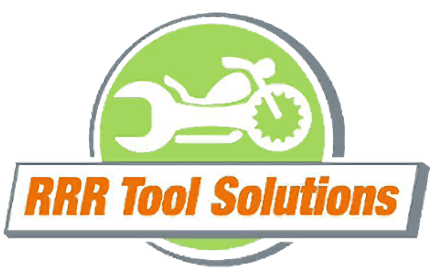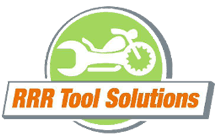Over Center and Over Fifty
“Over Center and Over Fifty” is going to be a unique and different motorcycle project series from any that I have taken on before. Yes, there will be Repair, Replace, Modify, Maintain, and Improve segments along the way for readers that want information on how to repair and maintain their own machines. We’re going to share it all on these pages. However, this project has a much darker and wild side to it. From Day 1, this project was to Find and Build a Wheelie Bike that I could use to fulfill a lifetime dream of Riding on the Rear Wheel. The dream and the project are my own, they come with risk of serious injury, they use motorcycles in ways they were never intended, and this skill set is illegal on all public roads. This Project Series will be Video, Photographic, and written Article Chronicles of how the bike was chosen along with progress reports for entertainment purposes only. I do not suggest nor recommend that anyone do this, but I do invite you to add our project series to your internet favorites, share the links with your friends, and watch us as we either succeed, have a major fail, (or worse!).
I consider the term “Wheelie” as being very different than “Riding the Back Wheel”. Almost everyone has done a wheelie – from the short hop, the power wheelie during strong acceleration, a gear change or clutch wheelie, or that exhilarating multi-second throttle on/off wheelie that borders on fear of death and excitement. None of these are what I became fascinated with so many years ago. When? 7th Grade, 1971 – with amazement from my school bus window, I watched an 8th Grader lift the front wheel of his 250 Yamaha Enduro from a dead stop, go through all 5 gears, and onto a speed of 60 mph or so as he passed our school bus! The bike never flinched – it was smooth, balanced, and it’s rider was in full control. That 14 year old had clearly mastered Brake Control and Balance. It was Brake Control that allowed him to practice, practice, practice to hone his skill set of Riding the Back Wheel. As the years passed by, the dream was alive, but my fears of getting hurt or tearing up my bike grew stronger. With age came responsibility – “how could I miss work, I can’t afford to be in the hospital, who is going to raise the kids, I don’t have the money to repair all the damage looping it would cause, and of course my wife will kill me – either way I would die!” The years continue to pass………The dream is still there.
Last year, a friend sent me a video that he’d found on YouTube. I’ve played it dozens of times and it’s easily become one of my favorite videos of all time. It opens with ” We come into this world bloody and screaming – we might as well go out the same way”. The message is not that you should go try to get hurt, but that you get outside and taste life everyday without a bubble-wrap suit. The video brought those old memories to the surface and my old dream of riding the back wheel to the top of my list. My guess is that less than 2% of the riders that I know can ride the back wheel, yet every Trials Rider, most motorsports athletes, and all stunt performers do it and do it with grace. Hill Climbs, Obstacle avoidance, ride control, and traction should all be improved for me once I develop the balance and skill set needed to ride comfortably on the rear wheel. The time has come, I’m well over 50 now and I’ve got to learn to be comfortable with the bike near, at, and over it’s center of balance point. This series “Over Center and Over Fifty” will report on what we’ve done and how well we accomplish our goals.
Step 1 –
Build and Execute this project on a very low budget. Find a non-running 4-Stroke dirt bike than could be taken apart, repaired/modified, and hold-up to our intended use. Nothing would be modified or replaced unless it was already broken, badly worn, unsafe, or missing. Where parts are needed, we’ll use parts best fitting the design goals and lowest cost. We’d be taking advantage of aftermarket parts, used parts, and OEM factory parts based on “function and price” – not originality. Armed with the knowledge that our Rear Brake is many times more powerful than our engine’s output, we’ll concentrate on building a special fixture that will hold the bike safely in the Zone of under/on/over center of balance. We’ll practice Rear Brake Use and Control at these extreme angles – both standing and sitting. We’ll practice and then practice some more since reaching our goal safely is also part of the plan. A smaller 4-Stroke is my choice since the power output will be mild and easier to control. Step 1 does not include engine, wiring, electrical, front tire, fenders, chain, sprockets,
Project procedures should include –
• Microfiche pages and assembly planning tools
• Suspension – rear shock linkage disassembly, cleaning, inspection, lubrication, and assembly
• Tire, tube, rim strip, bead locks, removal, installation – rear tire
• Wheel balancing
• Steering head bearings – removal, cleaning, inspection, lubrication, and assembly
• Frame and parts preparation for paint using soda blasting
• Frame and parts painting using professional single-stage urethanes with a hobby compressor
• Seat cover – removal, repair, replace using a special “Slip Stop” material
• Record and publish frame angle degrees at rest, sitting COG, and standing COG (balance points)
Now, just to show that I’m serious – here are some photos of the project bike selection. I found and purchased a Yamaha TTR225 for this project. The bike met the low price, ($150 delivered), was non running, and had the low-powered 4-Stroke engine I wanted. Our first update will include some video, photos, and procedures for many of those steps outlined in our Step 1 above.
Step 2 –
Again, we’ll build and execute this project on a very low budget. Nothing would be modified or replaced unless it was already broken, badly worn, unsafe, or missing. Where parts are needed, we’ll use parts best fitting the design goals and lowest cost. We’d be taking advantage of aftermarket parts, used parts, and OEM factory parts based on “function and price” – not originality.
Project procedures should include –
• Front fork oil/fluid flush and replace
• Fork performance changes using thinner, lighter-weight fluid
• Brake Arcing – (blueprinting those brake shoes for exceptional performance and control)
• Tire, tube, rim strip, removal, inspection, installation – front tire
• Spokes – wheel lacing, wheel truing
• Engine cleaning and installation
• Clean and diagnose wiring, cables, and install
• Disc Brake fluid flush, replace, and bleed – front wheel
• Clean and rebuild carburetor
• Sprockets and chain replace with smaller front and larger rear for higher final drive ratio
• Ride controls – cables and controls adjustments
• Engine maintenance and adjustments for best operational efficiency
Enjoy this video for yourself! –Why We Ride
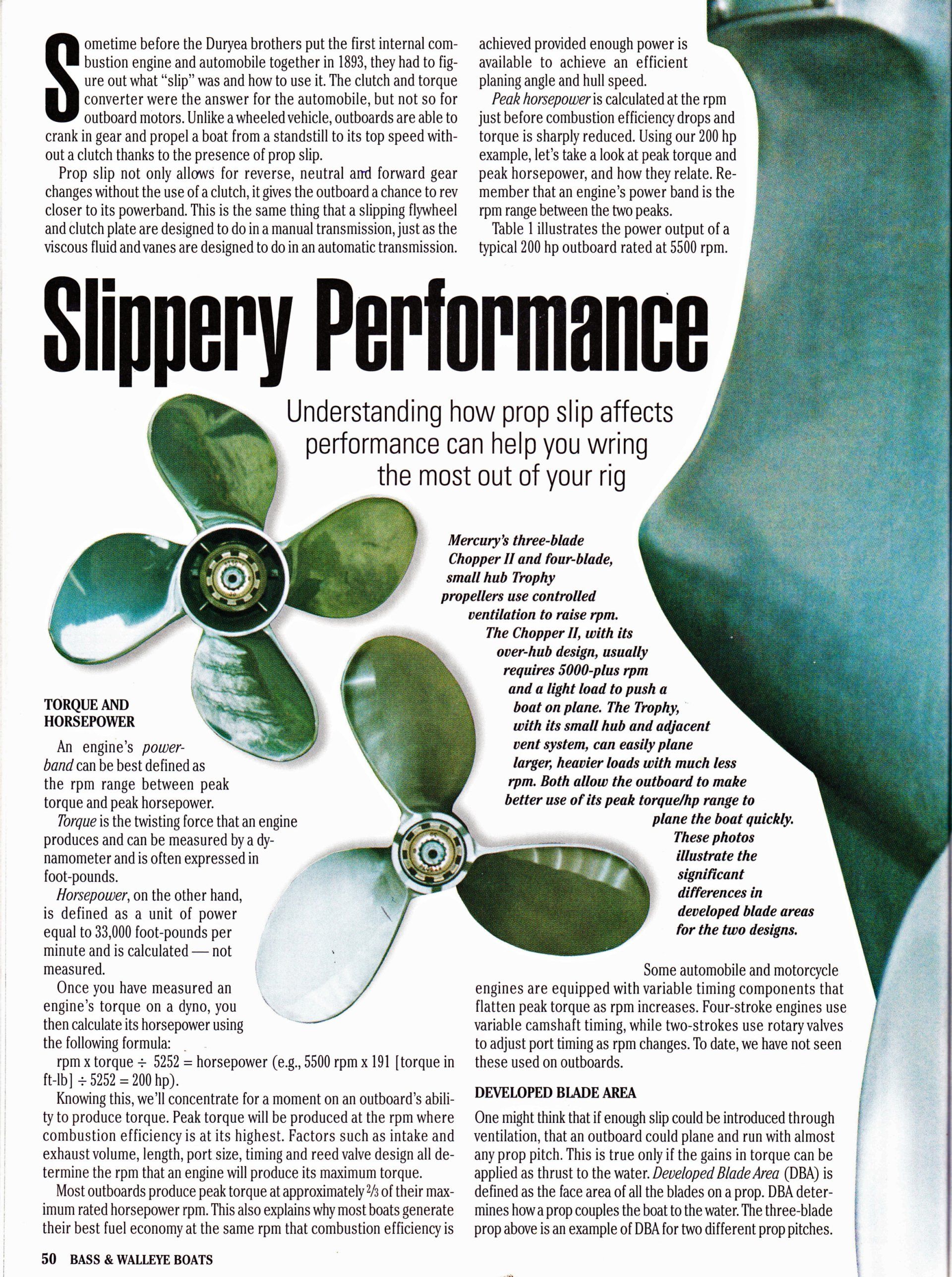
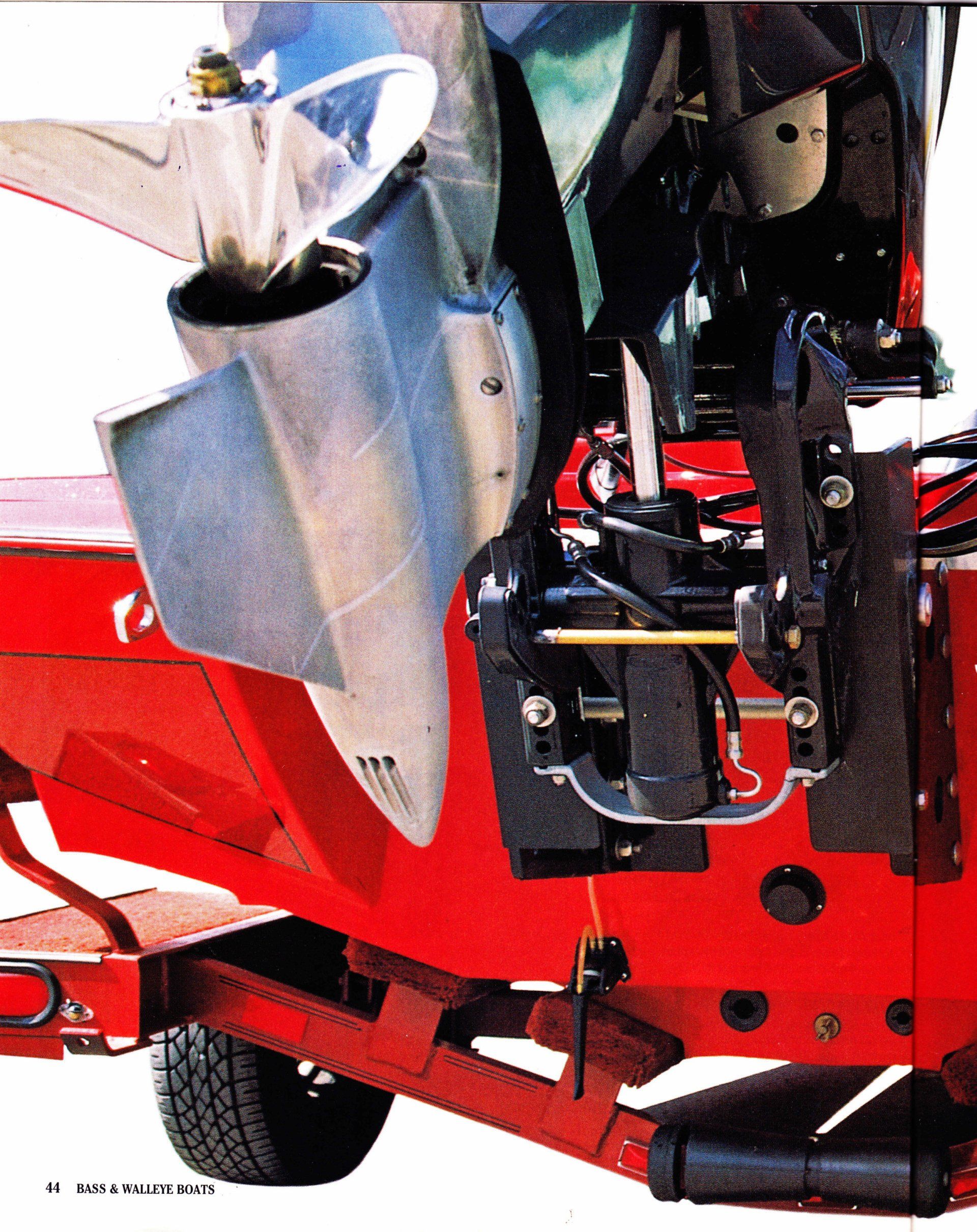
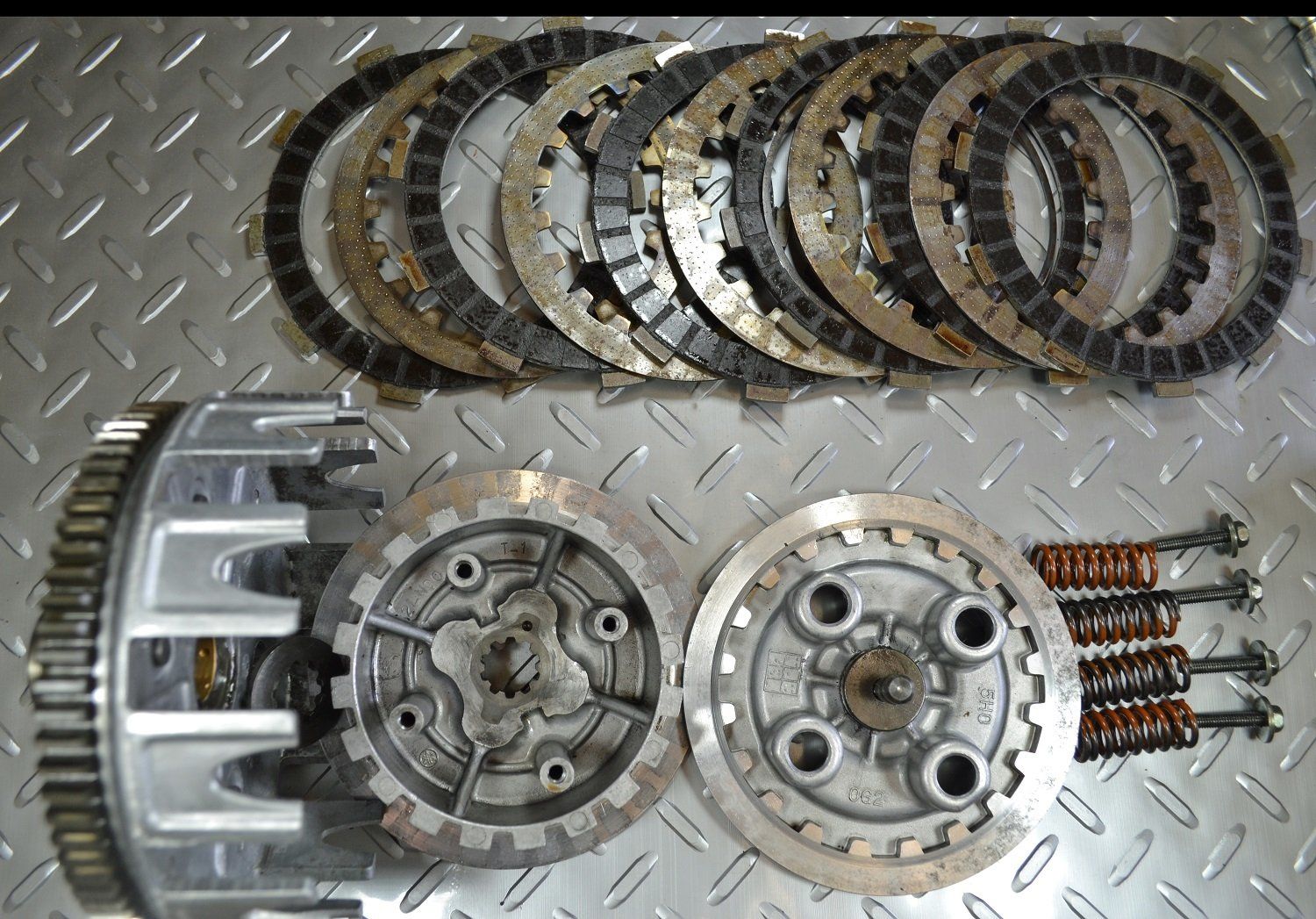
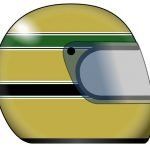
All Rights Reserved | RRR Tool Solutions.
